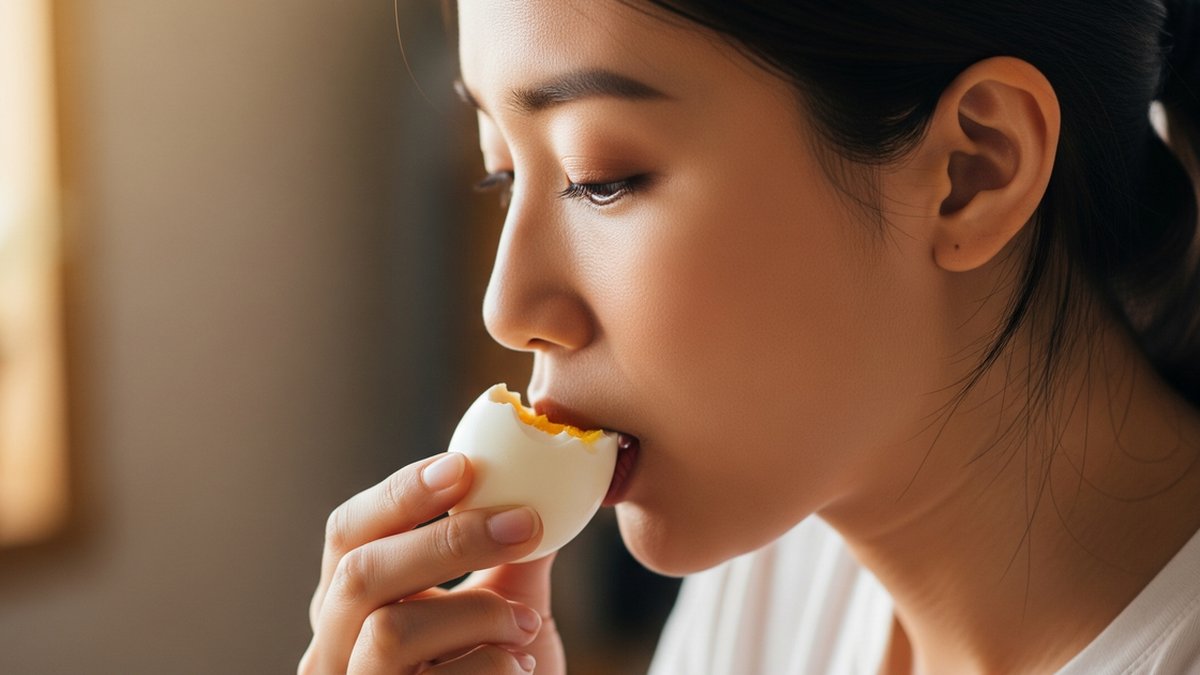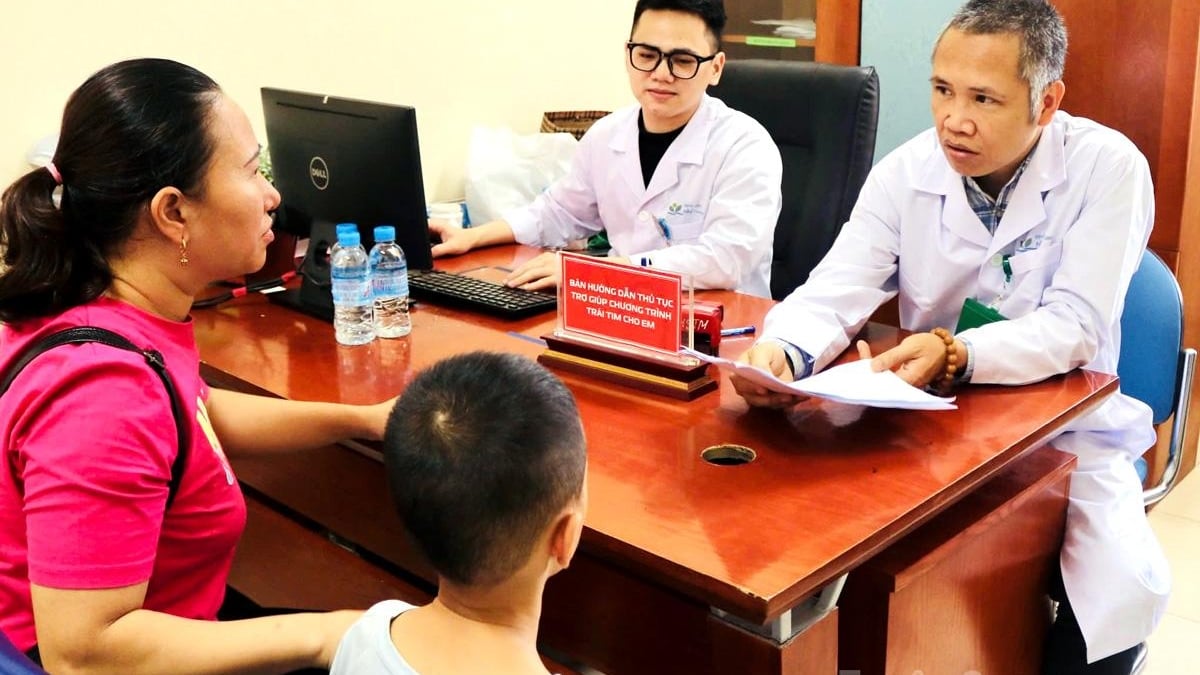Japanese scientists have created eggs from male mouse cells and given birth to healthy baby mice. The science journal Nature published details of the research led by Professor Katsuhiko Hayashi of Kyushu University and Osaka University on Wednesday.

Photo: DW
In a commentary published alongside the study, Diana Laird, a stem cell and reproduction expert at the University of California, and her colleague Jonathan Bayerl said the work “opens up new avenues in reproductive biology and fertility research.”
In the future, the world may be able to create endangered mammals from a single male.
“It could even provide a template that would allow same-sex couples to have biological children, while avoiding the ethical and legal issues of egg donation,” the report says.
However, Hayashi himself cautioned that the research is at a very early stage. “There are big differences between mice and humans,” he said at a conference on human gene editing at the Crick Institute in London last week.
A 2018 Chinese study found that mice with two mothers were born, but when tested with male mice, their offspring only lived for a few days.
Japanese scientists used a different approach, and the baby mice in their study appeared to develop normally and were able to become parents themselves in the usual way.
The technique first involves taking a skin cell from the tail of a male mouse and converting it into a stem cell.
Then, through a process that involved growing them and treating them with a drug, they converted the male mouse stem cells into female cells and created functional egg cells.
Finally, they fertilized those eggs and implanted the embryos into female mice. Laird describes it as “a crucial step in both stem cell and reproductive biology.”
The research is still in its early stages, and the method remains extremely inefficient. Only seven of the 630 embryos transferred to surrogate mothers gave birth to live mice.
The researchers have yet to determine why only a tiny fraction of the embryos placed into surrogate mice survived. They also stressed that it is too early to know whether the procedure would work in human stem cells.
In his commentary, Laird also said scientists need to pay attention to mutations and errors that can appear in culture dishes before using stem cells to create eggs.
Mai Anh (according to AP, DPA, DW)
Source




































































































Comment (0)